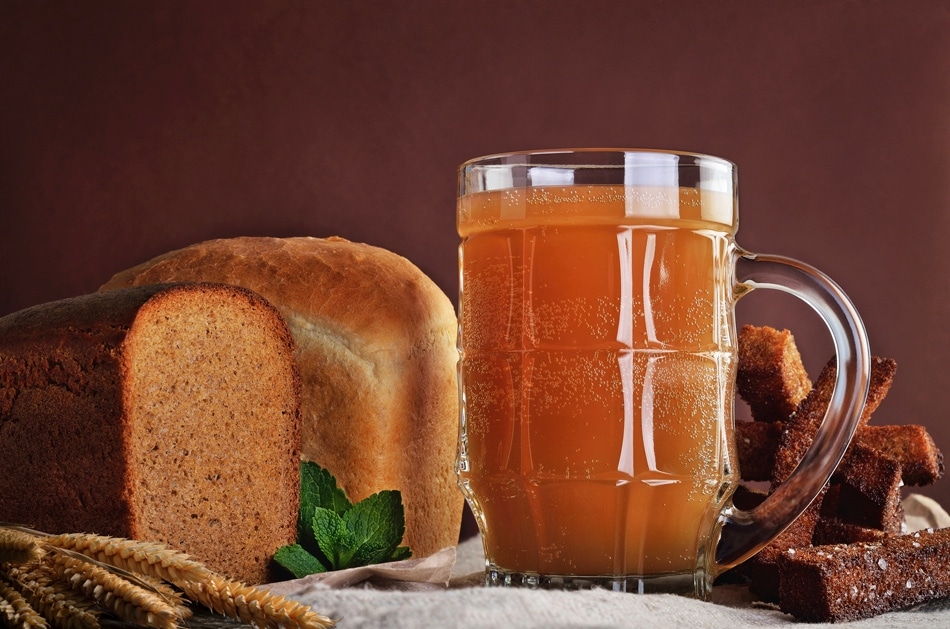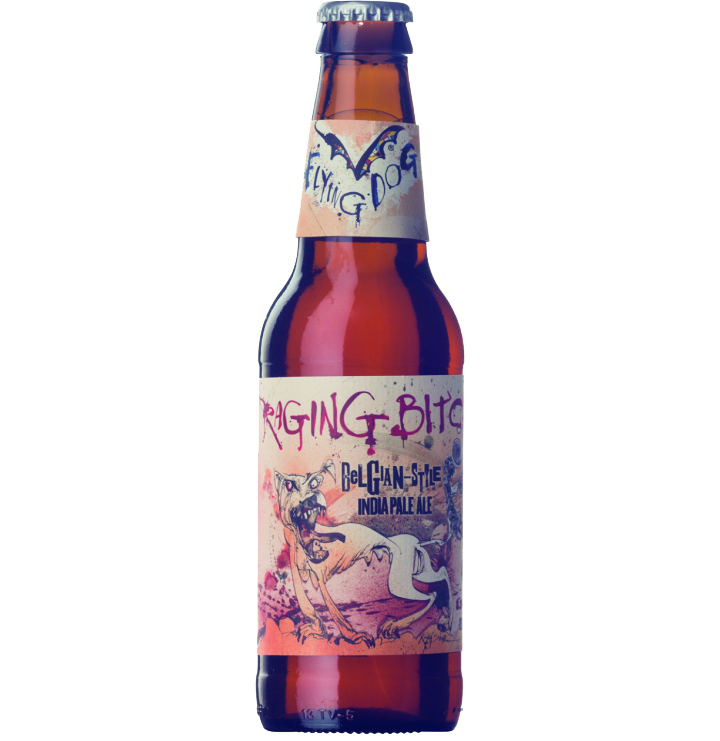
If there is one thing universal amongst all human kind, it is our proclivity for drinking fermented grains. Around the world, in every culture, people love to get plastered. Despite what religious fanatics and mother-in-laws might have you believe, it’s truly in our nature.
Early on in our history we discovered that rotten bread and grain could not only be salvaged, but turned into a delicious, effervescent beverage. As a result, people everywhere developed their own methods for making beer (and beer-like beverages) using the ingredients they had close at hand.
Some of these ancient recipes are delicious and have survived to this day. Others are just straight-up weird. Check ’em out.
CHICHA (Peru)
Chicha is a fermented corn beer often brewed with adjuncts like quinoa and cane sugar. Doesn’t sound too bad, right?
WRONG! In order to make the corn fermentable, old Peruvian ladies will chew the germinated corn kernels before baby-birding it all back up to be boiled (thank God) and fermented. The enzymes in saliva help break down the starches, converting them into fermentable sugars.
But if you think this is some ancient method of brewing long since abandoned once modern methods were developed… WRONG AGAIN! This is still a popular drink in Peru, and there are chicha bars all over the country that specialize in this seriously questionable beverage. What the hell Peru? Seriously.
BOUZA (Egypt)
Bouza dates back to about 3,000 BC and was known as the “Beer of the Pharaohs.” Calling it “beer” might be a tad generous though. “Rotten soggy bread juice” might be more accurate.
Since the Ancient Egyptians didn’t know how to malt grains, they instead baked large loaves of bread at a low temperature to allow the starches to (somewhat) convert to fermentable sugars, and likely discovered this purely by accident. The loaves were then soaked with water and left to ferment in open containers.
The resulting boozy bread juice was strained and flavoured with dates and lotus flowers to make it less disgusting (good luck with that). Apparently there are some corners of Egypt where bouza is still made, which begs the question, WHY??
GRUIT (Scotland)
The heavily tattooed Picts who first inhabited Scotland were said to have drank gruit before heading into battle. Or heading off to work. Or pretty much any time they were awake. Since Scotland is cold and miserable, it’s not really a great place for growing hops (or living). Instead, this ancient beer was flavoured with a mixture of local herbs that contained heather, rosemary, bog myrtle, horehound, mugwort and a host of other unappetizingly named plants.
Versions of gruit could be found throughout much of Northern Europe during the Middles Ages, with the stubborn Scots being among the last to give it up in favour of hopped ales and (eventually) watery lagers. Some locally available examples include Salt Spring Island Ales’ Heather Ale and Parallel 49’s Suspect Device (which made a brief appearance in the first Brews Brothers 12-pack).
SAHTI (Finland)
A distant cousin of gruit, sahti is a traditional Finnish farmhouse ale flavoured with juniper and is one of the oldest beer varieties still commercially brewed today. The resourceful Finns can make this “Christmas beer” out of just about any grain they have on hand, malted or not – even resorting to leftover bread if need be.
Unlike most beers, sahti isn’t brought to a boil and is poured over un-sterilized juniper boughs prior to fermentation. So there are all sorts of wild yeasts at play, resulting in clove and banana notes as well as the distinctive juniper flavour. It’s an acquired taste to be sure, but one worth trying (unlike a lot of the other beers on this list). Parallel 49 does a seasonal limited run of their take on the sahti, called Sahti Claws. Look for it in its annual Christmas advent calendar.
HUANGJIU (China)
Commonly referred to as rice wine or yellow wine, it’s technically beer since it’s made from fermented grain – in this case, steamed rice. It sure looks like wine though. It’s non-carbonated, its colour can range from clear to reddish-brown and it’s often aged, in some cases for up to 20 years.
Heavily salted varieties are used for cooking (do not drink this stuff, no matter how cheap it is), but the higher end stuff is sweet and at 12 per cent ABV and up, it makes a nice aperitif. Huang Zhong Huang Shaoxing is aged for eight years and is available at BC Liquor Stores.
KVASS (Russia)
Pretty similar to bouza, but made from rye bread, because it’s Russia after all. And in typical Russian fashion, kvass is treated like a soft drink because in Russia, anything weaker than vodka is reserved for small children and the elderly women.
UMQOMBOTHI (South Africa)
This seemingly random assortment of letters is actually a sorghum-based wild yeast-fermented beer still available commercially in rural Africa. Recent studies have shown that fungal toxins present in both commercial and homebrewed umqombothi might be responsible for the unusually high rate of esophageal cancer in South Africa. Just a heads up.
HANDIA (India)
This milky-looking “beer” is made by indigenous tribes in eastern India from rice left to ferment outdoors in massive open earthenware vessels. Local elephants have actually developed a taste for handia and have been known to lead organized attacks on villages to get their trunks on the stuff. So drink at your own risk, I guess.




